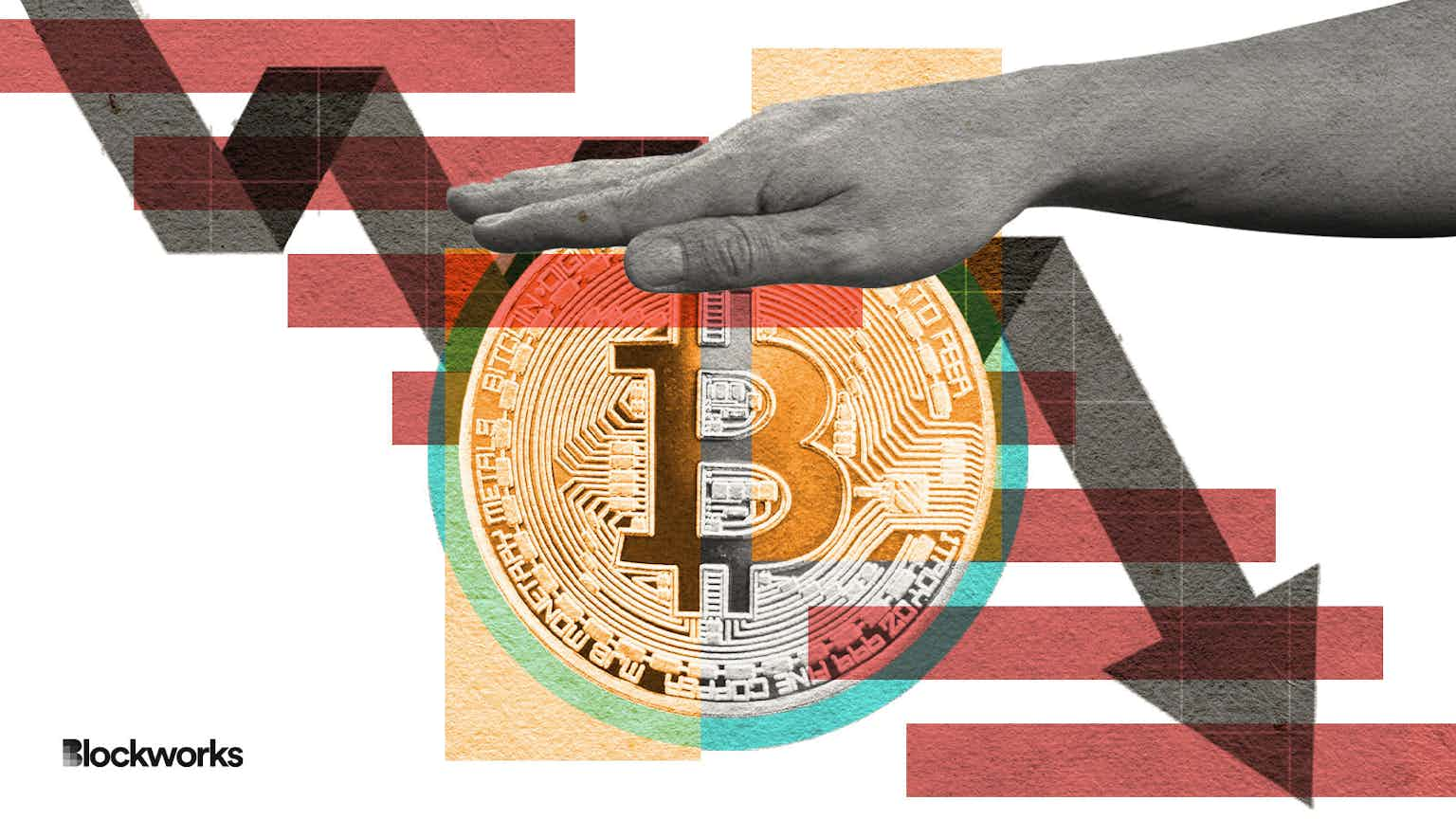FTX-backed Projects Plunge as ‘Sam Coins’ Underperform
Projects pay the price for accepting SBF’s blessing as their tokens plummet

JK2507/RomoloTavani/Shutterstock modified by Blockworks
The collateral damage caused by Sam Bankman-Fried’s downfall continued Wednesday as tokens the disgraced FTX founder has backed slid further.
Here’s what’s going on with four major Bankman-Fried-backed projects and their related digital assets, including FTX’s own native token, FTT, as the former chief executive of the crypto exchange awaits trial — out on bail and living with his parents in California.
SOL
Bankman-Fried was a main backer of the smart contracts-focused protocol Solana, whose native token, SOL, is down almost 95% against the dollar year-to-date. FTX had purchased more than 58 million SOL tokens from the Solana Foundation and Solana Labs starting in August 2020, according to the now-bankrupt exchange.
SOL lost as much as 12% on Wednesday as traders fretted over large holders selling positions. The token is down almost 65% over the past three months versus bitcoin.
SRM
SRM, the protocol Serum’s native token, was a large position on Alameda Research’s balance sheet, valued at $2.2 billion before the proprietary trading firm’s collapse. The company minted a cumulative 100 million SRM between February and May 2022, increasing the token’s total supply by some 60%.
SRM is down more than 96% against the dollar this year — and dropped nearly 5% by early Wednesday afternoon in New York alone before clawing back losses. Compared to bitcoin, the token was down more than 15% over the past week and 33% over the past 3 months.
REN
Formerly known as Republic Protocol, Ren said in February 2021 that it was “joining” Alameda in a vague blog post written by founder Taiyang Zhang.
“In addition to this renewed focus, the Ren team will also be working with Alameda to continue development on its top-priority: reaching the next phase of [decentralization],” Zhang said at the time.
The platform, which issues wrapped bitcoin, known as renBTC, said earlier this month it was attempting a redesign, Ren 2.0 in the wake of the FTX crash. Minting has been disabled and burning was closed out Dec. 20 ahead of the launch — which focuses on increasing decentralization and security, the company said.
The token was down more than 40% relative to the dollar over the last three months— and more than 33% in relation to bitcoin. REN has booked a slight rebound this week, though, with the coin rallying about 5.5% over the past seven days.
FTT
FTX’s native FTT token held a prominent position on Alameda’s balance sheet, which contributed to November’s mass sell-off as investors parsed emerging details of the relationship between Bankman-Fried’s prop trading firm and his exchange.
The token is now down about 95% over the past three months. Last week, it dipped below $1 for the first time — and has remained there since. FTT was sitting around $0.89 Wednesday afternoon.
FTX, now proceeding with its Chapter 11 bankruptcy filing, is now also up against SEC scrutiny: The regulator deemed FTT a security in a December filing.





